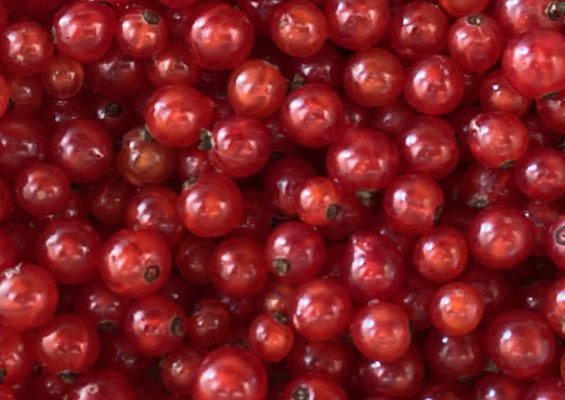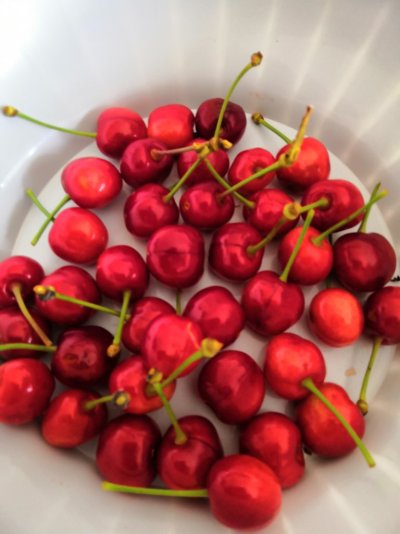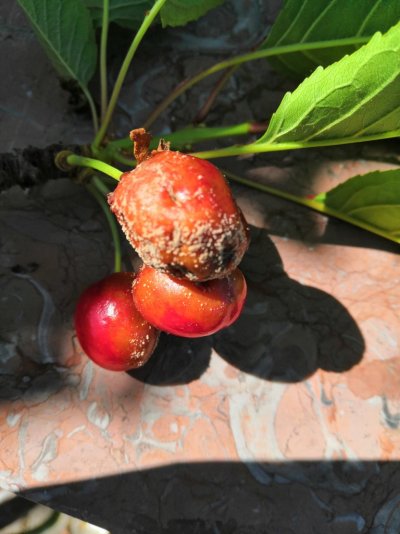blissful
Master Chef
- Joined
- Mar 25, 2008
- Messages
- 6,516
@Meryl in the midwest (Wisconsin in the US), the Dept of Natural Resources (DNR) studies the populations of all the animals, wolves, coyote, muskrats, raccoons, badgers, other small animals, and white tail deer. They allow and license hunting and trapping in some or all of the state by district and they choose starting and ending dates for when it is permissible. My husband is a hunter and trapper for 65 years (since he was 8 years old) and still enjoys trapping (mostly muskrat and some nuisance trapping for otters). During the education program required by the DNR trappers learn to leave a small population, not to clear it out completely, safe trapping practices, methods... We don't have boars here but they are in the southern states and some day we might see them 'up here' in the more northern states. Any approach that is all or nothing, is a bit childish.



